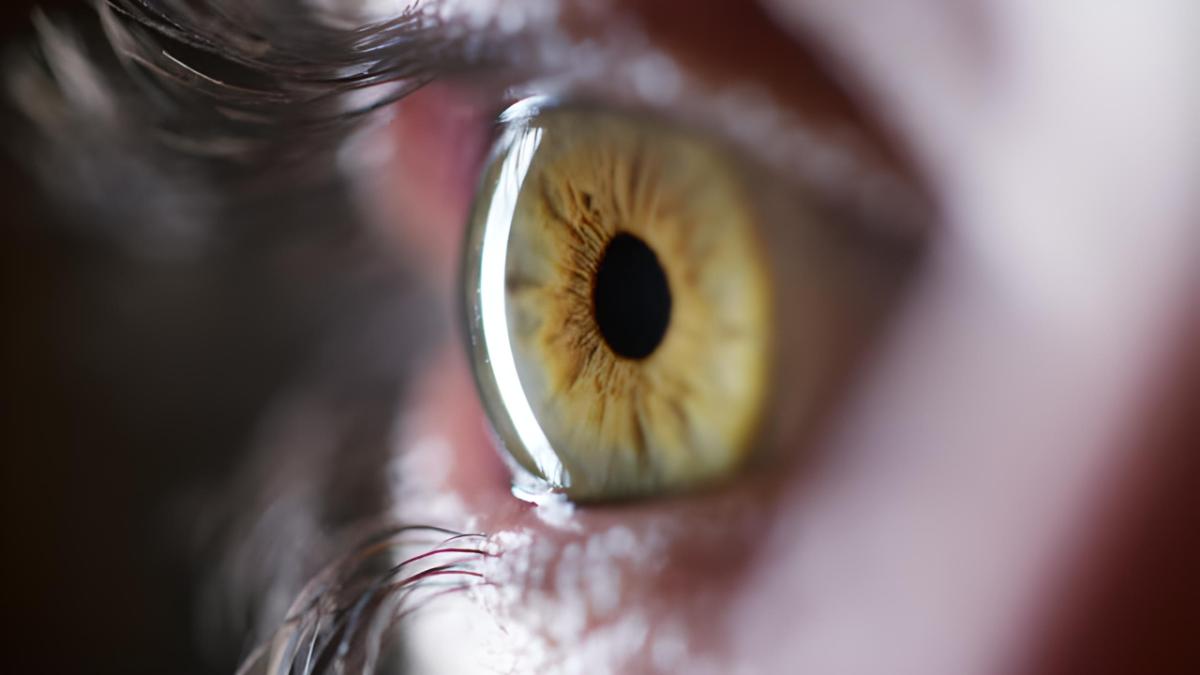Even when we believe we are focusing on a single target, our eyes are actually moving rapidly from one location to the next. This occurs even when our attention is focused on a single place. When we move our heads from side to side, our eyes jerk very quickly and shake violently. This also occurs when we alter the direction in which we are looking. We, on the other hand, are so used to these unpredictable eye movements that we rarely perceive them at all. Then, what might be the cause of this?
Jerky eye movements
It is a straightforward experiment in which you start by focusing on your right eye while standing in front of a mirror. After then, you allow your sight to slowly shift to your left eye. Whatever you do, you do not see your own eyes moving. Observers have been able to show that our eyes don’t stay still when we move our focus from one place to another.
This is because of a combination of two factors: first, the motions of our eyes, and second, the method by which our brain interprets those movements. Saccades are short, jerky, and, most crucially, very rapid motions that occur when the eyes move. Saccades are the technical term for these types of eye movements. When we allow our focus to wander, the movement of our eyes is not equal. Instead, our attention skips about from one thing to another, and it almost always goes to the places and things that capture our eye.
The brain fills in the blanks
But why is it that we don’t even seem to notice these jumps? Because saccades are performed at such a high rate of speed, the images that are shown on the retina of the eye become distorted at the time that they are being performed. Because the brain is unable to make use of this picture in any way, it is simply thrown away. The brain automatically fills in the gap of a few microseconds so that we do not experience temporary blindness. The gap is filled with a picture of the target point rather than the starting point. What we think we are seeing is actually always delayed by a few microseconds.
This can be proven with another simple experiment: while watching a ticking clock, it is common to see that the initial second appears to last for an exceptionally long amount of time. After that, the hand moves ahead at its usual slow and steady speed. This particular optical illusion is sometimes referred to as “chronostasis,” which literally means “time standing.”
This happens because the brain is able to make a connection between the moving eyes and the still picture of the clock. This may account for as much as one-tenth of a second of the total time. Now, if you look at the clock precisely when the hand has just moved, you will see the whole second, as well as a tenth, added onto it.





